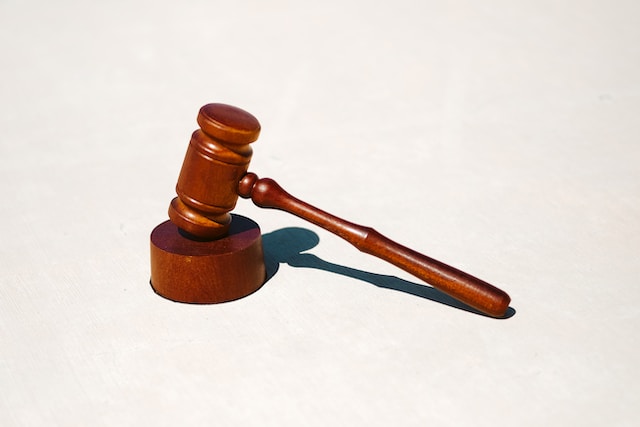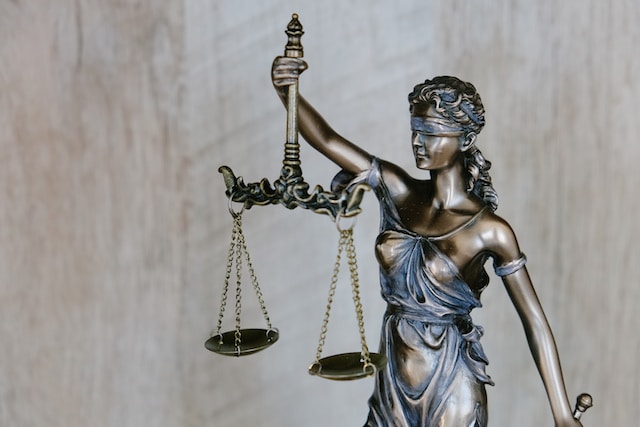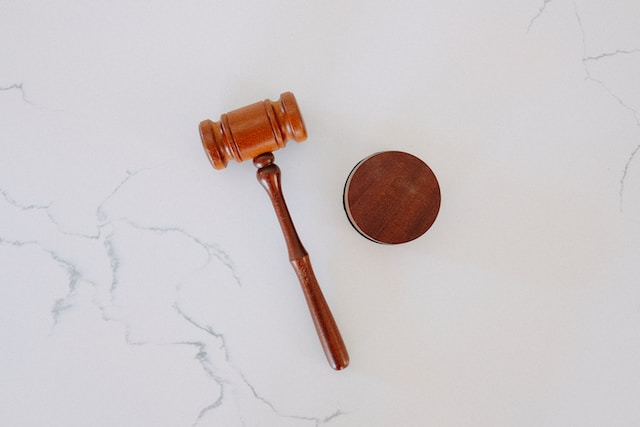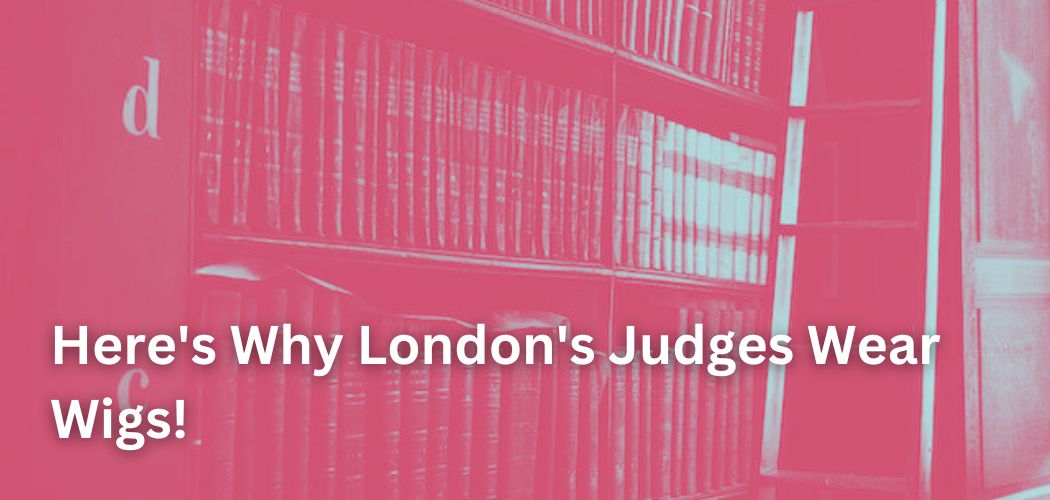Many people have wondered about the court dress’s historical background.
Is it merely a 17th-century costume or is it something that we only see in television shows and movies like How to Get Away with Murder?
Let’s take a look at British history and discover why barristers and judges wear wigs in the courtroom.
Considering how style and the court have a relationship. Hairpieces showed up in the court since that was the thing society was wearing.
The style underlying foundations of hairpiece wearing goes back fundamentally to the rule of Lord Charles II.
One might say that motivation was taken from Louis XIV of France. For setting, during the seventeenth 100 years, a withdrawing up-top scalp was viewed as an indication of syphilis.
This affected society as they chose to put forth a knowing attempt to cover their scalp. Who realized this would turn into a developing pattern all through the upper and working classes of Europe, and even change court dress.
Under the steady gaze of this time, English legal counselors had a basic clothing standard and were simply expected to have short hair and managed stubble.
Although wigs have since long gone out of fashion in society, people in the legal profession continue to wear them.
Contents
Reasons Why London Judges Wear Wigs
Representing Uniformity
A judge must treat everyone in their court impartially and uniformly. In order to represent impartiality, the judge’s wig gives them a different identity and makes them appear as a third party.

So, adding a consistency factor to the law was one of the main goals of the use of wigs in the courtroom.
Symbolism
Any profession’s dress code has a symbolic purpose and reflects the profession’s core values. Similarly, wigs have a symbolic significance in the legal profession.
They stand for the profession’s exclusivity. In the late 17th and early 18th centuries, they were a sign of fashion. Wigs represent refinement and a long-standing tradition.
Anonymity
The judges’ appearance and personal lives shouldn’t have an impact on a person’s case. While making decisions in court, judges must maintain their anonymity. Only the facts presented by the attorneys and in the cases should be taken into account.
In order to ensure that a judge’s personal life does not influence the case, judges should dress anonymously when speaking with clients in court.
So, wigs depict a judge as a neutral third party who behaves reasonably and impartially and renders a judgment.
Distinction
In general, dress codes aid in separating people from different professions. Similar to this, attire is crucial in the legal profession. The wigs let judges stand out from other everyday people and give them a distinct identity.
Challenging the Dress Code
It is not surprising that the court’s clothing code has been challenged. A case in favor of changing the dress code was made in 2007.
According to the Lord Chief Justice Baron Philips, judges would need one robe, and wigs “would no longer be worn during civil or family cases.”
The Guardian started a survey that year to get the public’s perspective. In a study of 2,000 people, 31% said judges in civil courts should maintain their wigs, while 68% said judges in criminal courts should keep them.
The Debate Continues
A British-based Washington, D.C. lawyer named Kevin Newton described the outfit with the wig as a representation of uniformity.
The custom of wearing wigs draws a line between those gathered to answer to the law and those who choose not to.

It is obvious that wearing wigs had a significant impact on how the legal profession desired to present themselves and was more than just a way to “dress up”.
Although the wearing of wigs is still up for debate, some judges in the UK feel that it gives the court a feeling of formality, power, and respect.
Beyond mere design, the custom of London judges wearing wigs has significant legal implications in the British legal system.
These wigs are not antiques from the past but rather permanent representations of authority, impartiality, professionalism, continuity with the past, and equality.
The symbolism of the wigs remains a pillar of the British legal identity, connecting the present with centuries of legal history and highlighting the commitment to justice for everyone despite periodic disagreements regarding the practical implications of this custom.
What Do The London Judges’ Wigs Look Like?
There are different styles of wigs worn by the judges in London and each wig style has a distinct meaning. Here is a summary of what they mean:
- Judge Ceremonial or Full Bottom Wig
The typical Judge Ceremonial or Full Bottom wig is made completely of real horsehair. On ceremonial or special occasions, such as the beginning of the judicial year, judges don this wig.
The length from the top of the head to the bottom is curly and less than shoulder-length. The judges wear robes and this wig with a big bottom.
- Judge Bench Wig
In the 18th century, Humphrey Ravenscroft patented wigs, most notably the “forensic wig.” This type of wig has glued curls.
In the end, the judges wore a shorter variation of this wig known as the “bench” wig. For normal courtroom operations or regular court duties, judges continued to wear bench wigs. Also entirely constructed of horsehair, this wig.
- Barrister Wig
A “tie-wig,” or wig inspired by the 17th century, is what barristers commonly don. By reclining from the brow, this wig reveals the hairline. Its length is shorter.

This wig is worn by barristers or attorneys who specialize in criminal defense, courtroom debates, and litigation. The barrister wig is made entirely of real horsehair, just like the ceremonial judge and bench wigs.

